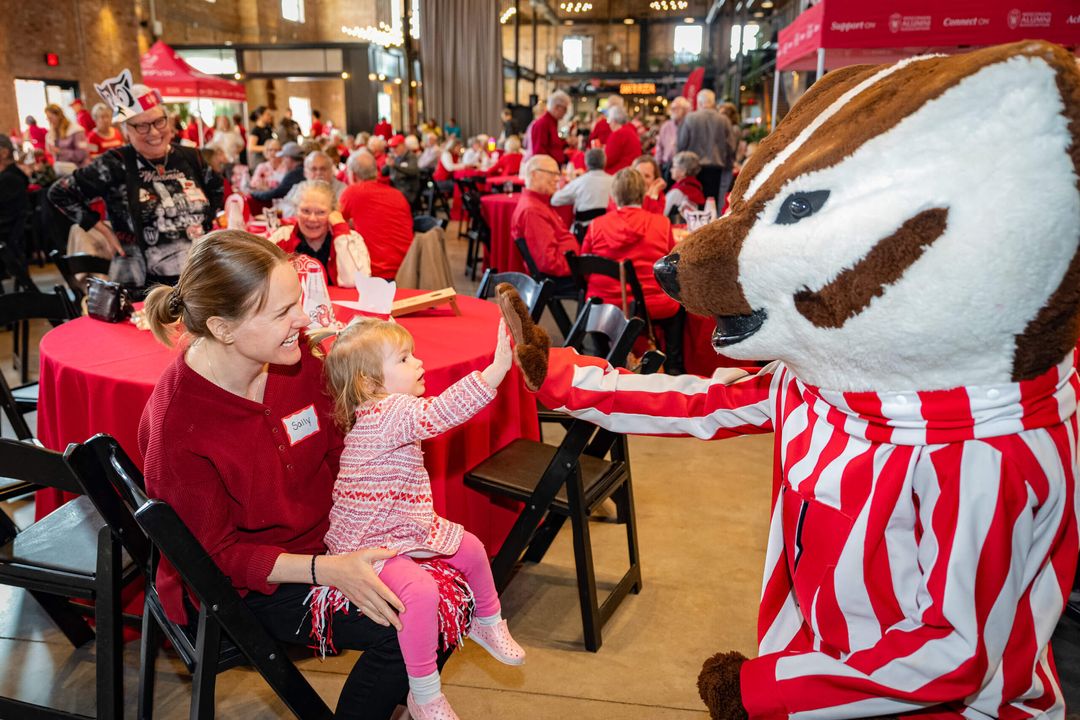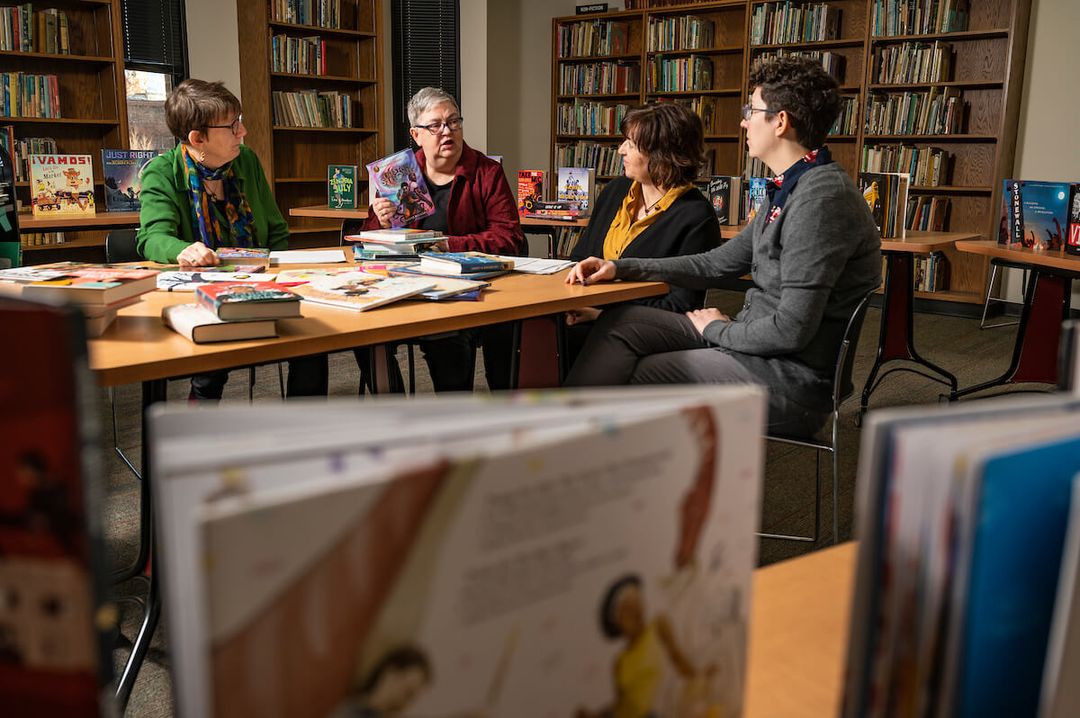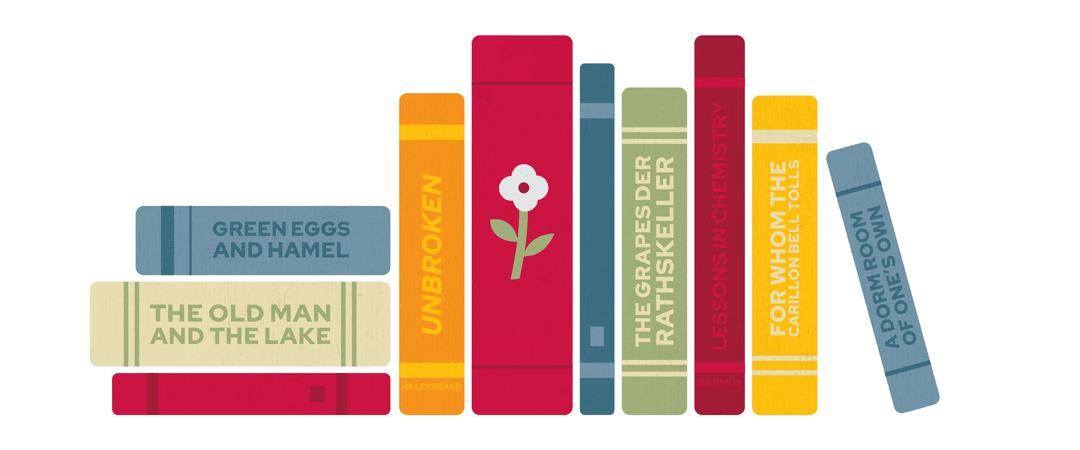In the world of online dating, getting “left on read” –– when someone sees your message but doesn’t reply–– can feel like a rejection. But before you take it personally, consider that it might not be about who you are but how you’re coming across. Catalina Toma, a UW professor communication science, has spent years researching online dating behavior and how people connect (or disconnect) through technology. She’s found that while it can be hard to be authentic online, it’s also what makes people actually want to message you back.
Don’t overcorrect.
Self-presentation is how we portray ourselves to others, especially when meeting someone new. Online, this gets more complicated. Dating profiles ask us to condense our personality into a few photos and brief descriptions. As Toma explains, “Technology offers us a level of control over how we self-present that’s not available face-to-face.” Although it’s tempting to endlessly edit and revise, over-polishing can make a profile feel less genuine and more difficult to connect with. A little imperfection or spontaneity goes a long way in making you more relatable.
Most people lie. It’s still best not to.
During graduate school, Toma conducted one of the first studies on deception in online dating. Her team analyzed profiles and re-created profile pictures to see how well they matched reality, then had judges assess their accuracy. More than 80 percent of people lied at least once about something verifiable. “People were lying to impress a specific audience. Men lied about their height and women lied about their weight — exactly what you would expect,” Toma says.
Most people don’t flat-out lie; they just tweak the truth to make themselves more appealing. But, as Toma points out, even small lies can raise “red flags” that make potential matches hesitant to respond. “The point of online dating is to start a relationship. If you’re going to lie a lot, that’s kind of a dead end.”
Context is key.
Online dating means presenting yourself to a large and unfamiliar audience. That can lead to what Toma calls context collapse, when you are not sure who you’re talking to and try to appeal to everyone at once. It’s like trying to talk to your boss, your best friend, and a potential date all at the same time.
To play it safe, people often keep things vague. But when a profile feels too generic, it becomes harder for others to see a real person or know what to say in return.
“Your social media self isn’t an exact representation of your life — it’s a highlight reel,” Toma adds. “We often forget that we’re all doing it, so you shouldn’t feel inferior when you see other people’s glamorous online selves.” When you show who you really are, that gives someone something to respond to.
People are people.
Dating apps may seem like they’re all about technology, but at their core, they’re about the people using them. “Even though my field is computer-media communication, I don’t consider myself a technology scholar. I consider myself a psychologist,” Toma says.
Her research focuses not on the platforms themselves, but on the human behavior behind them: the desire for connection, the fear of rejection, and the hope of finding something meaningful.
These platforms are new, but the instincts behind them are not. Being social and relational is part of what makes us human. That doesn’t change just because the interaction starts with a click or a swipe. “We always have to put the human back into the equation and understand people.” The better we understand our own intentions and the more grace we give others, the easier it is to build meaningful relationships online — and the less likely we are to be left on read.











